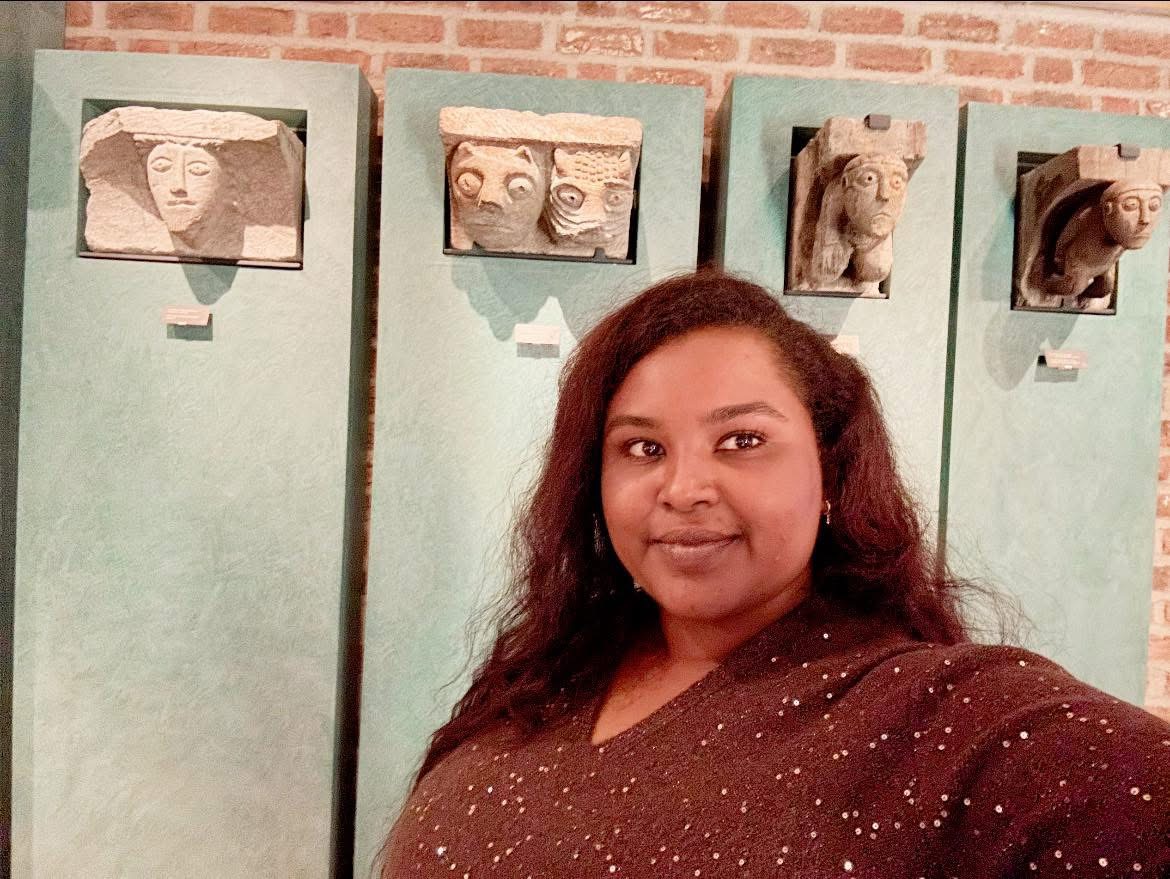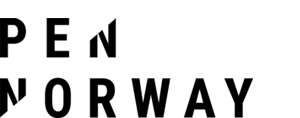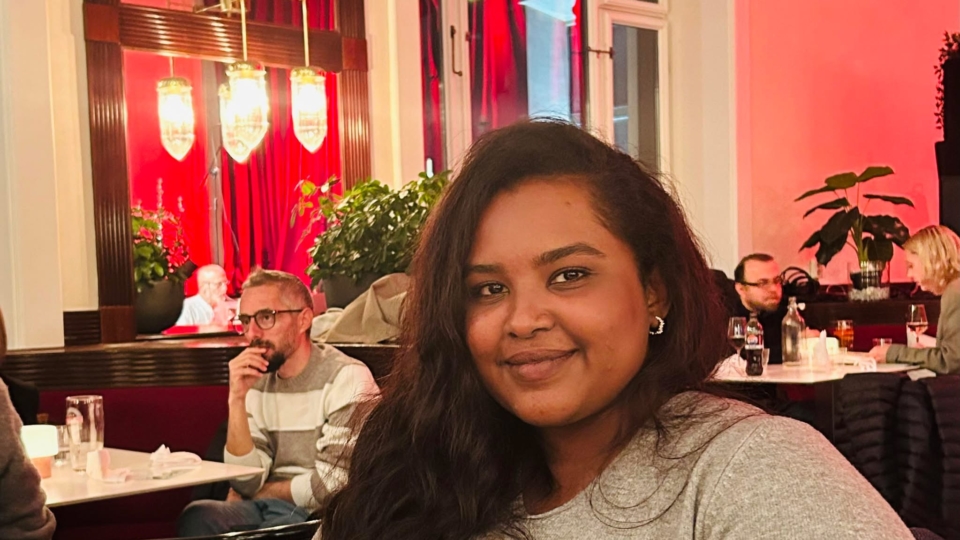Sudanese Journalist Forced to Quit Reporting to Survive
After years of reporting under surveillance and threats, Elzahraa Jadallah fled Sudan to escape arrest. From exile in Norway, she spoke of the dangers faced by journalists back home.
For years, Elzahraa Jadallah reported from Sudan’s front lines, covering political unrest, environmental crises, and social injustices often under threat of surveillance, harassment, and intimidation. Now in exile in Larvik, Norway, she enjoys a rare luxury, a dream for many colleagues back home: safety.
Jadallah, who is fluent in Arabic and English and now a full-time student in Norway, was previously a Deputy Editor at the Ayin Network. She has spent nearly a decade investigating issues of water, environmental justice and human rights, often at considerable personal risk.
“I was not alone in facing threats or attacks,” she says. “Many independent journalists suffered greatly at the hands of Sudanese authorities during the revolution and the transitional period.”
One of the World’s Most Dangerous Countries for Journalists
Increasing threats show the broader dangers for journalists in Sudan, a country plagued by civil conflict, authoritarian rule, and, recently, a devastating internal war. Since the 2021 coup, independent newsrooms have been raided, reporters arrested, and communications blacked out.
The dangers became personal for Jadallah. In a country where nearly two years of civil war have killed tens of thousands and displaced millions, the Committee to Protect Journalists (CPJ) says six reporters were killed due to their work in 2024 alone.
“Some of the significant risks were the direct threats and orders not to pursue certain topics,” she says. “That forced me to work on the majority of my stories undercover.”
One of those stories, her 2019 investigation, The Dark Side of Sudan’s Oil, exposed how oil production in the west had damaged the environment and the health of local communities. The report angered the security services.
I was arrested, unlawfully detained, and slapped with fabricated charges, she recalls.
“I was arrested, unlawfully detained, and slapped with fabricated charges,” she recalls.

It wasn’t the last time. During the revolution and after the 2021 coup, she and a foreign colleague were reporting in Darfur when a high-ranking official threatened her. Back in the capital, she was under constant surveillance. “Eventually, I had to stop my work and leave the country.”
More Vulnerable in the Field as a Woman Journalist
As a female journalist in Sudan, Jadallah says she faced an added layer of vulnerability.
“Women journalists in Sudan face the same global challenges but also additional security hazards when doing fieldwork; it’s not safe to work alone,” she says. Outside major cities, she often needed a male guide to move freely.
“Misogyny exists both socially and institutionally,” she adds. “We are denied opportunities, not taken seriously, and often face unwanted comments or sexual advances during interviews even from officials.” The media landscape, she says, is “hostile to women and designed to exclude them.”
Water, War, and Responsibility
Much of her long-form reporting has focused on underreported environmental issues in Sudan and across the Nile Basin. “I have always been interested in environmental causes and saw the need to expose wrongful practices,” she tells.
From 2016 to 2022, she contributed to The Niles, a platform focused on water and ecological issues in the Nile region. Her work explored the intersection of conflict, corruption, and climate change, and how marginalized communities suffered the most.
Her 2021 investigation, “The White Dam: A Tale of Big Ambitions and Big Problems,” investigated the environmental and social costs of a major infrastructure project and warned that these were ignored in favor of development.
Exile and Reflection
In June 2024, Jadallah arrived in Larvik through the ICORN residency programme, which shelters persecuted artists, journalists, and writers. The difference from Sudan was stark.
“I could sense the huge difference between working in fear and secrecy to the point of not even publishing under my name and working in a safe environment without worrying about arrest or surveillance,” she lamented.
One afternoon, she stepped outside for a coffee break from her Norwegian home.
I looked at the blue sky and green trees and felt for the first time in a long time that I was working without committing a crime. I thought, is this what a normal workday feels like?
“I looked at the blue sky and green trees and felt for the first time in a long time that I was working without committing a crime. I thought, is this what a normal workday feels like?”
Now a fulltime student in Norway, she used to report, edit, and mentor younger journalists, reflecting on her peers’ trauma. “Thousands of journalists were displaced and lost their livelihoods after the war began. Many were unlawfully detained, tortured, or killed.”
Her sense of duty, she says, outweighed her fear. “It wasn’t courage that kept me going; it was a deep sense of responsibility to those who were suffering in silence, to the stories that must be told. My work was my tool of resistance. My way of fighting back.”

The Power of Multimedia
With experience in print, translation, video, and data visualization, Jadallah believes that multimedia storytelling is essential in today’s journalism. “It helps connect audiences to complex issues in ways that words alone sometimes cannot,” she says, a principle that continues to guide her work, even far from home.





